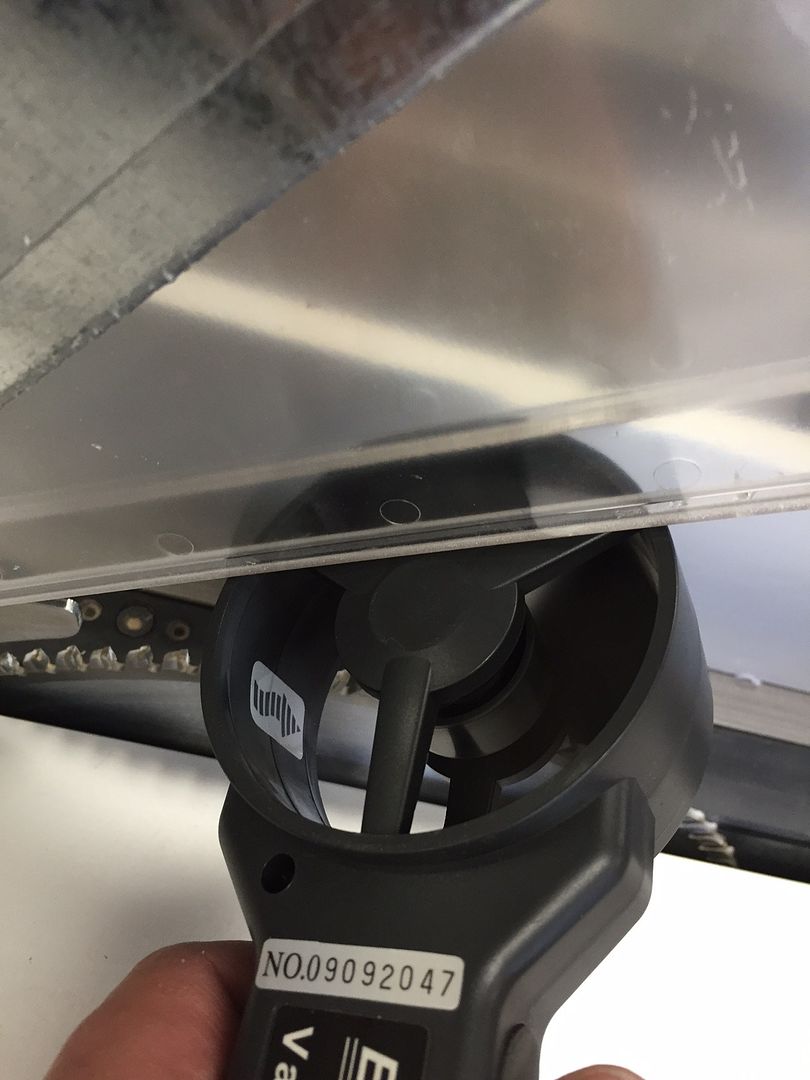I might be totally off, here, but aren't we talking about two different things:
velocity of the air (feet per minute - a measure of speed), and CFM (cubic feet per minute - a measure of
volume)?
Restricting the size of the duct will increase the
velocity, but decrease the
volume of air moved.
Higher velocity air might be better to capture wood chips which are flying off the blade with a lot of speed, already. Higher CFM will move more suspended (stationary) dust, but won't grab "chunks" from as far away as as a higher velocity airstream.
So, here's my hypothesis (go ahead and chew it apart, everyone

) - for capturing larger chips coming off a tool with higher velocity, it might be better to use less CFM to get more velocity. Although the optimal solution would be to arrest the chips' speed with some sort of mechanical barrier, then suck them up with tons of CFM.




 Reply With Quote
Reply With Quote





